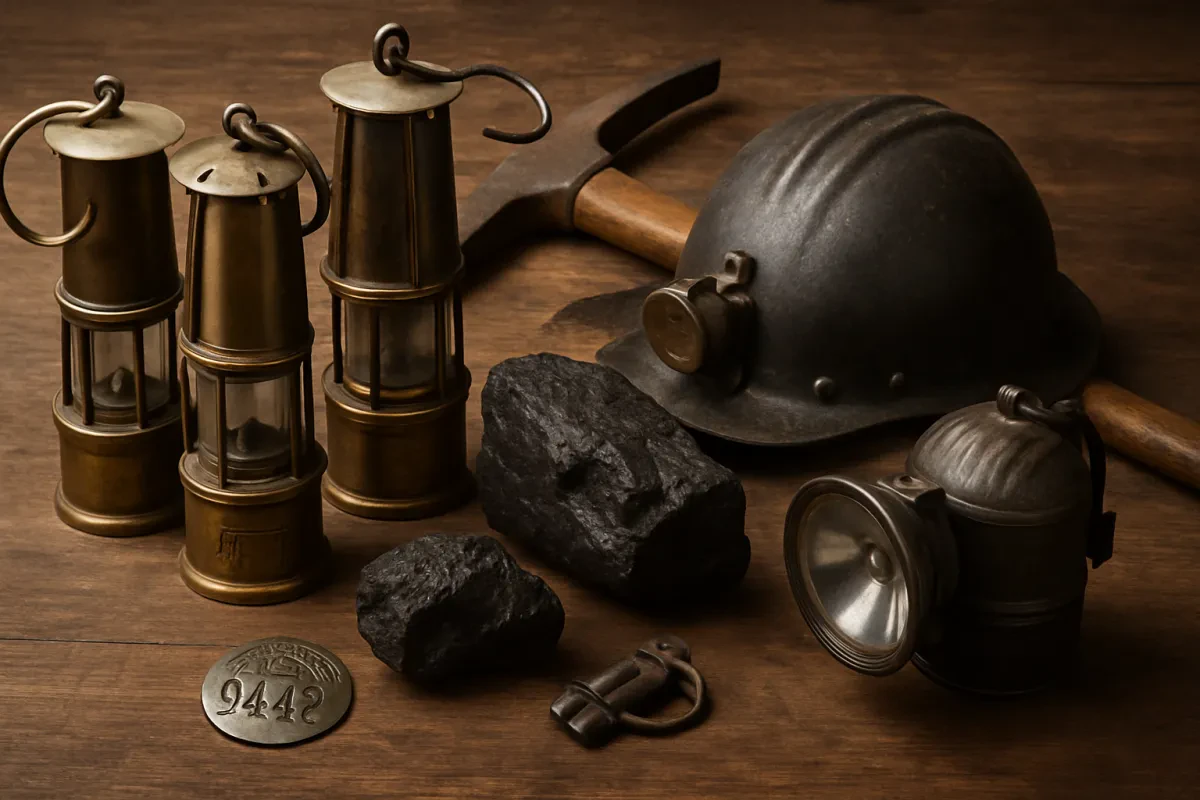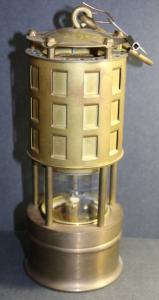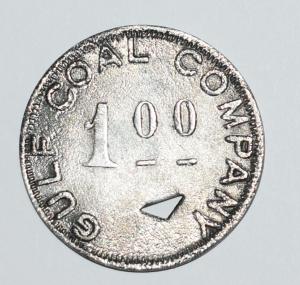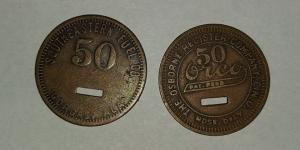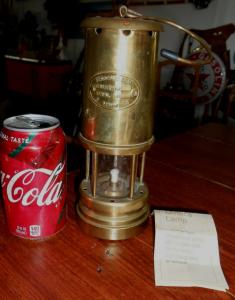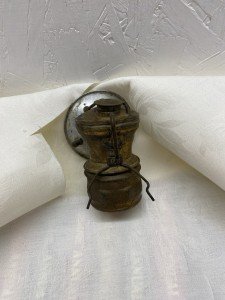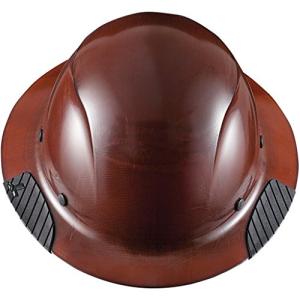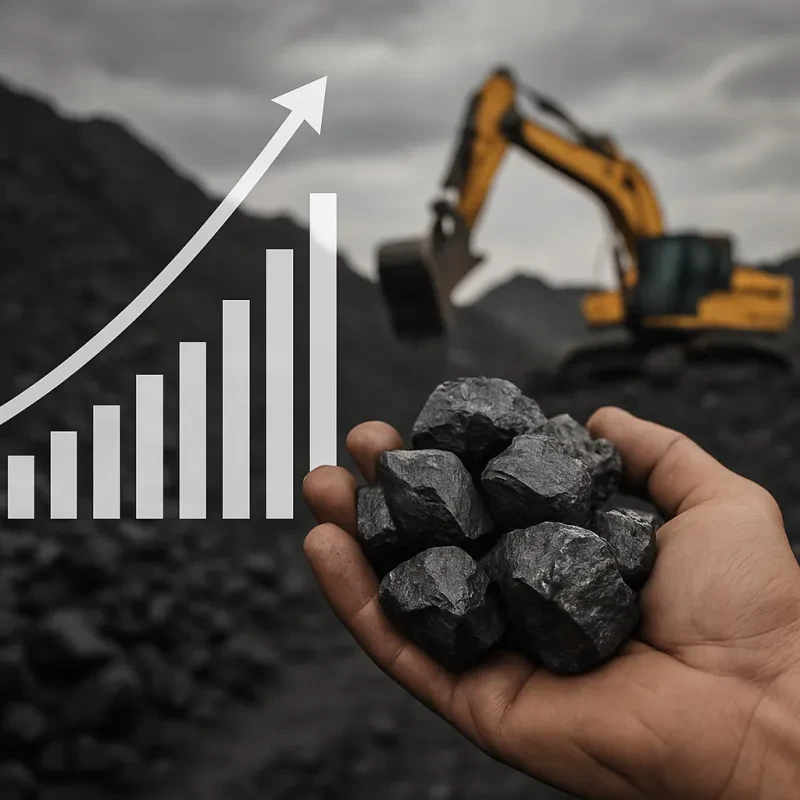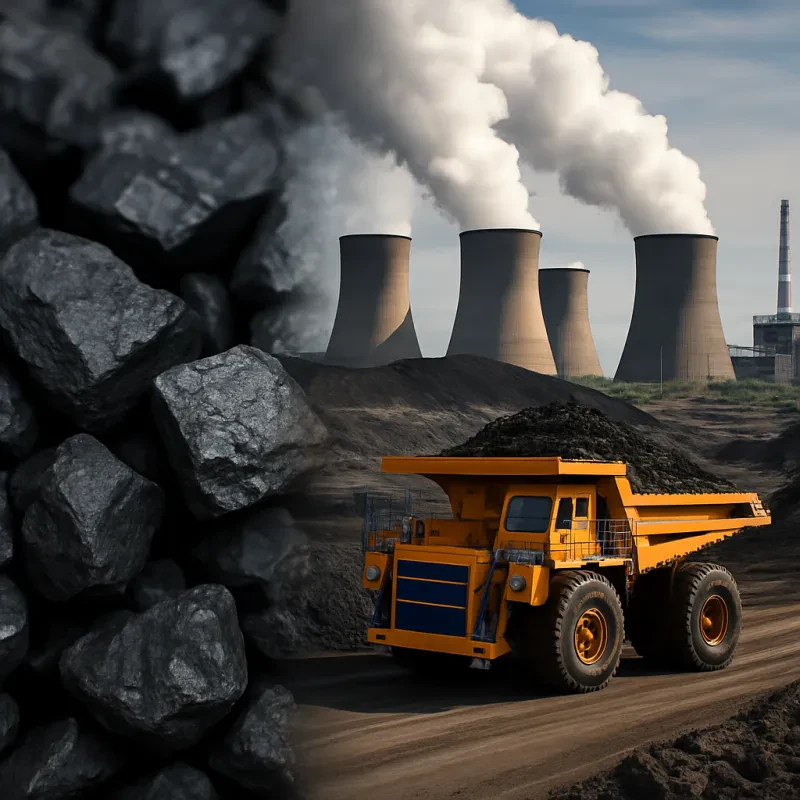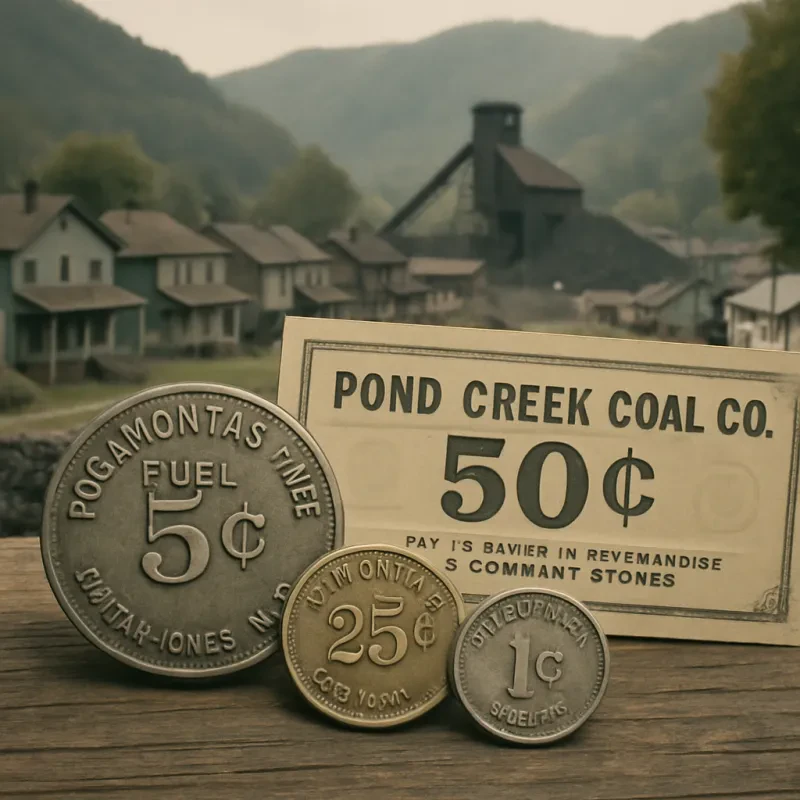Coal mining has shaped the economy, culture, and communities of coal-producing regions for over a century. With the decline of deep mining and the closure of historic coal towns, a rich heritage is being preserved through coal mining collectibles. These items not only reflect the rugged life of miners but also attract collectors, historians, and those with deep ties to coal country.
Whether you're a seasoned collector or new to the hobby, here are the top 10 coal mining collectibles that capture the grit and legacy of the industry.
1. Mining Lamps
Why They're Valuable:
Mining lamps, especially carbide and oil wick lamps, are among the most iconic and collectible coal mining artifacts.
Key Features:
-
Carbide Lamps: Introduced in the early 1900s, they used water and calcium carbide to produce acetylene gas.
-
Oil Wick Lamps: Older and more primitive, often made of brass or iron.
-
Electric Cap Lamps: Later versions from the mid-20th century.
Collector Tips:
-
Look for manufacturer markings like Justrite, E. Thomas & Williams, or Auto-Lite.
-
Condition, rarity, and age heavily influence value.
Brass Carbide Lamp for Coal Miners - Antique
Illuminate your path with this vintage brass carbide lamp, a timeless piece cherished by coal miners for its durability and bright light
Product information
$29.99
Product Review Score
4.68 out of 5 stars
156 reviewsProduct links
2. Scrip Coins
Why They're Valuable:
Scrip coins (or coal scrip) were used by coal companies to pay miners in lieu of cash. These tokens could only be spent at company stores.
Key Features:
-
Made of brass, aluminum, or even fiber.
-
Often stamped with company names and mine numbers.
-
Vary in shape—round, octagonal, or rectangular.
Collector Tips:
-
Rarer coal towns and earlier scrip command higher prices.
-
Collectors often seek full sets from specific coal companies.
10 Cent Coal Scrip - New River Company, West Virginia
Experience a piece of history with this authentic 10 cent coal scrip from New River Company, West Virginia
Product information
Product Review Score
4.74 out of 5 stars
219 reviewsProduct links
3. Miners’ Hard Hats
Why They're Valuable:
Miners' helmets evolved from leather and canvas caps to Bakelite and fiberglass hard hats. Each tells a story of mining safety evolution.
Key Features:
-
Early 20th-century leather "skull caps" are highly sought after.
-
Fiberglass helmets from the 1950s–70s are popular, especially with miner names or company logos.
Collector Tips:
-
Helmets with original attachments like lamps or name tags are more valuable.
-
Regional variations make collecting even more interesting.
DAX Hard Hat for Coal Miners, Natural Color
Stay safe and protected with our durable DAX Hard Hat designed for coal miners in a natural color
Product information
Product Review Score
4.56 out of 5 stars
187 reviewsProduct links
4. Blasting Cap Tins and Explosives Boxes
Why They're Valuable:
Blasting caps and dynamite were vital to coal extraction. The containers they came in are now collectible.
Key Features:
-
Tins often display colorful, vintage labels from companies like Atlas Powder, DuPont, and Hercules.
-
Wood dynamite boxes are branded and date-stamped.
Collector Tips:
-
Unopened tins or those with original contents (legally safe ones) fetch higher prices.
-
Condition and rarity of label artwork matter greatly.
5. Coal Mine Rescue Badges and Medals
Why They're Valuable:
Given to miners who participated in heroic rescue missions, these medals are tangible links to dangerous and courageous moments in mining history.
Key Features:
-
Often issued by state or federal mining agencies.
-
Usually engraved or stamped with recipient names and event details.
Collector Tips:
-
Authentic medals from disasters like Monongah (1907) or Farmington (1968) are rare and valuable.
-
Provenance adds significant worth.
6. Miner Pay Envelopes and Payroll Records
Why They're Valuable:
Original paper artifacts such as miner pay envelopes and ledgers provide a snapshot into daily coal town life.
Key Features:
-
Often include handwritten pay information, dates, and miner ID numbers.
-
Many are from now-defunct coal companies or company towns.
Collector Tips:
-
Collectors prize envelopes with intact coal scrip or correspondence.
-
Framing these items makes for a compelling display.
7. Coal Mining Union Memorabilia
Why They're Valuable:
Items from labor unions like the United Mine Workers of America (UMWA) represent the struggles and solidarity of miners.
Key Features:
-
Union pins, badges, and strike posters.
-
Commemorative items from significant strikes or conventions.
Collector Tips:
-
Memorabilia from early 1900s labor disputes are especially valuable.
-
Collectors focus on milestone years like 1921 (Battle of Blair Mountain) or 1969 (UMWA reform movement).
8. Coal Sample Bottles and Display Specimens
Why They're Valuable:
Small vials or boxes of anthracite or bituminous coal were often given out as souvenirs or educational tools.
Key Features:
-
Many are labeled with mine name, coal grade, and date.
-
Sometimes accompanied by geological or promotional brochures.
Collector Tips:
-
Unique or closed mine samples are prized.
-
Coal samples from early or deep mines like Pocahontas or Bluefield fetch higher values.
9. Photographs and Postcards of Coal Towns
Why They're Valuable:
Historic photographs and postcards offer visual documentation of now-abandoned coal towns, equipment, and miner life.
Key Features:
-
Real photo postcards (RPPCs) from the early 1900s.
-
Studio portraits of miners in gear.
-
Panoramic shots of mining operations.
Collector Tips:
-
Look for identified individuals or locations.
-
Scarcity and condition of original prints determine value.
10. Mine Signs and Warning Placards
Why They're Valuable:
Signs from mine entrances, safety boards, and equipment areas are bold and nostalgic.
Key Features:
-
Painted steel or enamel warning signs like "Danger – Blasting Area" or "Authorized Personnel Only".
-
Company-branded signs are especially collectible.
Collector Tips:
-
Larger, well-preserved signs from major coal companies fetch top dollar.
-
Authentic wear and patina add to the piece’s story and aesthetic.
Where to Find Coal Mining Collectibles
You can find coal mining memorabilia in:
-
Antique shops in Appalachian towns
-
Online auction platforms like eBay and LiveAuctioneers
-
Mining museums and estate sales
-
Collectors’ clubs and historical societies
Why Collect Coal Mining Memorabilia?
Coal mining collectibles preserve a gritty and often forgotten chapter of American labor history. For many, it's about honoring family legacy, preserving cultural identity, or appreciating industrial artifacts with artistic and historic value.
Whether you're interested in the craftsmanship of an antique lamp, the story behind a pay stub, or the pride of a rescue medal, coal mining collectibles offer a tangible connection to the past.
Final Thoughts
Coal mining collectibles are more than relics — they are stories encased in metal, leather, wood, and soot. From vintage helmets to rescue badges, these top 10 items provide a meaningful and fascinating look into the coal industry’s past. As the coalfields grow quieter, interest in preserving this heritage grows louder.
Start your collection today and keep the coal country spirit alive.
